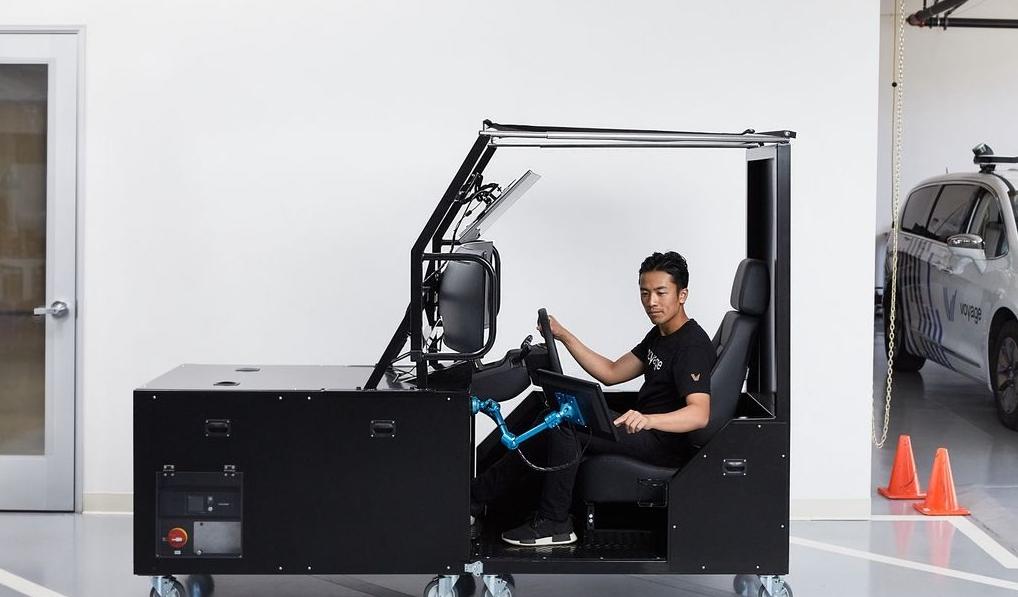The US company Voyage has developed the Telessist Pod, a remote control for autonomously driving cars. From a distance, a person can help the software out of trouble.
Artificial intelligence in autonomously driving cars uses the data from cameras and sensors to recognize the current traffic situation and make decisions. In addition, the software is constantly learning and thus improving their driving skills. But also here applies: There can be situations where even the smartest computer can no longer know.
What to do if the self-driving car cannot continue? Voyage, a US company for the development of autonomous shuttle cars, has developed a kind of remote control called Telessist Pod.
Remote control human help
As soon as an autonomous shuttle vehicle sends a corresponding error message, human help is activated. At a workplace that is modeled on the cockpit of a car, a person takes over the remote control. The information and images from the cameras on the car should be sent to the workplace in the service center at LTE speed via the mobile network. The delay for the display should be less than 100 milliseconds.
With the remote control, the car could then, for example, be maneuvered out of the situation that the software could not do without at a slow speed. Then the car can continue driving automatically. In addition, the situation can be stored in the “memory” of the computer so that in the future the same or similar situations can be mastered remotely without intervention.

